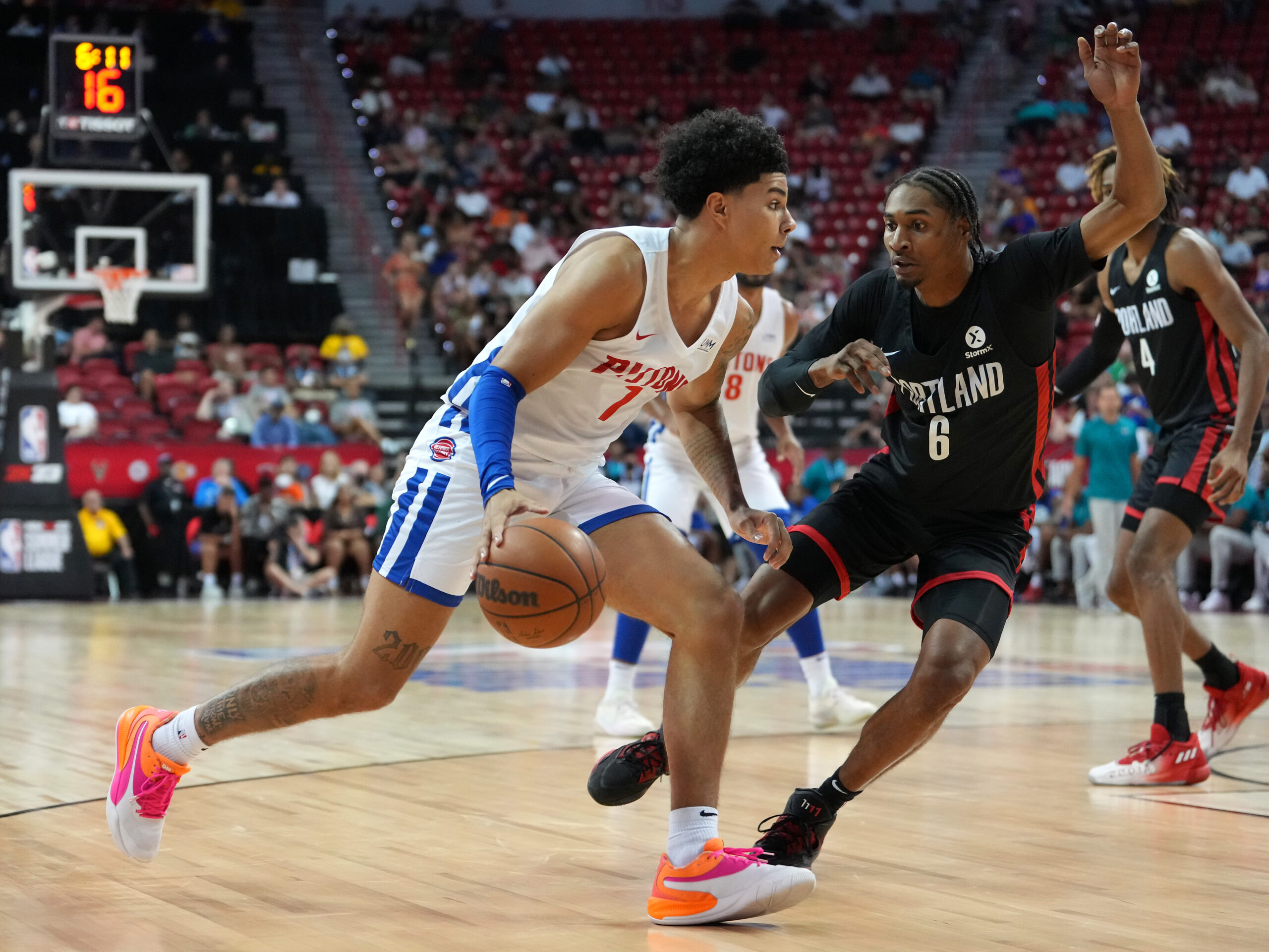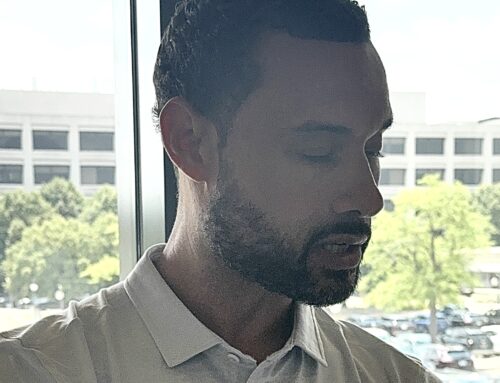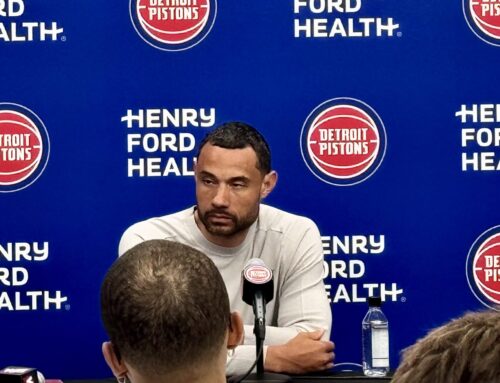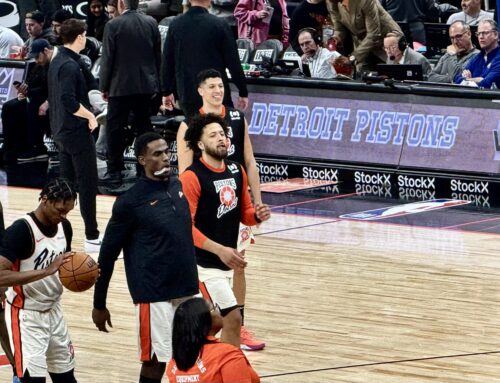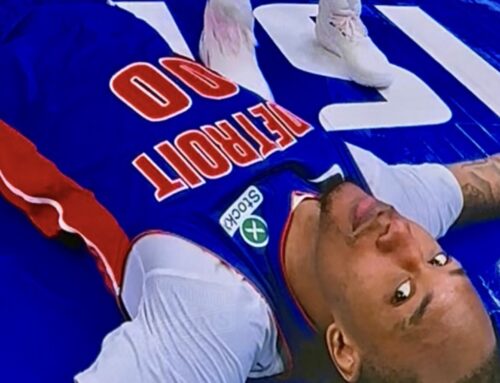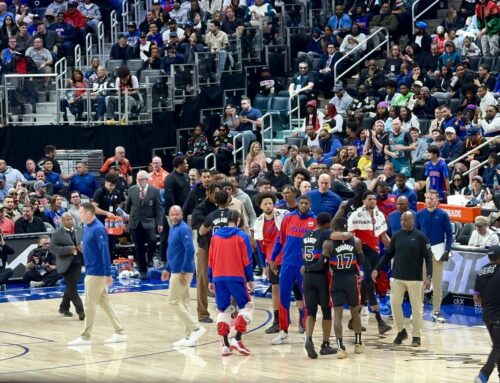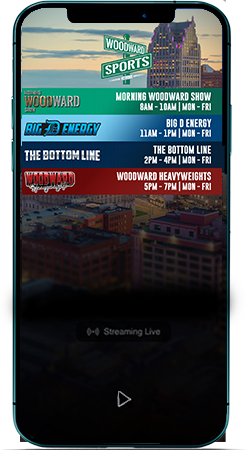Of all the players on the Detroit Pistons’ roster, Killian Hayes has the most to prove this upcoming season.
Hayes was the seventh overall pick in the 2020 NBA Draft and the first draft selection made by GM Troy Weaver. Expectations were high for Hayes. Many believed he would become the point guard of the future for Detroit, but things did not go as planned.
Hayes struggled out of the gate during his rookie 2020-21 season. He started the season as the starting point guard, but his play was poor. Hayes averaged 4.6 points, 3.6 assists, and 2.4 turnovers in his first seven games. He proceeded to miss the next 41 games of the season with an injury.
Upon his return, Hayes played better. His play was not great, not really even good, but better. He closed out the season averaging 7.6 points, 5.9 assists, 3.5 turnovers and 1.3 steals. He did not put up numbers one would expect from the seventh overall pick, but it was an improvement.
Strengths and weaknesses in Killian Hayes’ game
Hayes’ strengths and weaknesses were on full display in his rookie season. Those same strengths and weaknesses persist to this day.
The point guard was immediately one of the Pistons’ best playmakers as a rookie. Hayes has a natural playmaking ability and reads the court very well. He has a knack for fitting the ball through tight windows. The highlight of his career is a cross-court thread the needle dime to Saddiq Bey in a matchup with the Oklahoma City Thunder during his rookie season.
Hayes is one of Detroit’s best perimeter defenders. He uses his size to shroud opposing ball handlers. Hayes has good lateral quickness and cuts off driving lanes. He uses his length to disrupt passing lanes and strip the ball away.
Scoring is where Hayes’ performance nosedives. He is a 26.8 percent three-point shooter and a 37.4 percent shooter from the floor. Around the basket, Hayes shies away from contact and forces himself into difficult attempts at the rim as a result.
Killian Hayes improved in a bench role in year-two
Hayes’ inability to efficiently score the basketball made him virtually unplayable in Detroit’s starting lineup this past season. With the addition of Cade Cunningham to the Pistons’ roster, Hayes was expected to take on more of an off-ball role. Things did not go as planned.
Hayes cannot shoot. His form is not terrible and he finds decent looks. However, the ball just does not seem to fall for him. As a result, Cunningham had to play the off-ball role when lined up with Hayes. Both players are best with the ball in their hands, that is not the problem. The problem is that Hayes is significantly worse without the ball in his hands than Cunningham, and that is not the dynamic Detroit wanted in their backcourt.
After 33 starts in the 2021-22 season, Hayes was shifted into a role off the bench. When that change was made, Hayes showed signs of improvement.
The point guard started attacking the rim with more aggression. From mid-January when he took on his bench role to the end of the season, Hayes shot 51.2 percent on 2.6 attempts off drives. A significant improvement over his first 33 starts on the season where he shot an abysmal 32 percent on drive attempts.
His three-point shooting numbers did not jump the way his attempts at the rim did. However, Hayes went through stretches where he was a respectable shooter from beyond the arc, including a seven-game stretch in March where he shot 40 percent from three.
Even in a bench role, Hayes’ scoring was not amazing. But, it was clear that he was much more comfortable both as a shooter and around the rim. Expectations shrank when he shifted to a bench role. With that weight lifted off his shoulders, Hayes began to make strides in his development.
Year three is make-or-break for Hayes
Hayes is entering his third NBA season. With the Pistons’ restoration entering the next phase, the pressure could be mounting for the 20-year-old to take the next step.
The addition of Jaden Ivey in the 2022 NBA Draft signals Hayes will resume his role off the bench for the Pistons this upcoming season. Running with the bench unit means Hayes will be able to play mostly in an on-ball role.
There is little doubt Hayes’ defense and playmaking will continue to be a strong point of his game, but his scoring remains the biggest question. He began to show aggression in attacking the rim late in the season, but he needs to continue to grow from that positive momentum.
Shooting has been a point of emphasis for Hayes throughout his career. In year three, it is the biggest question mark surrounding his game. Hayes does not need to be a great three-point shooter, he just needs to become a respectable one.
If Killian Hayes can take that jump as a shooter and continue growing his game around the rim, he could become one of the better bench guards in the league. If he is unable to continue developing his game, a change of scenery could be the best option for both sides.
(Featured Image Credit: Stephen R. Sylvanie-USA TODAY Sports)

